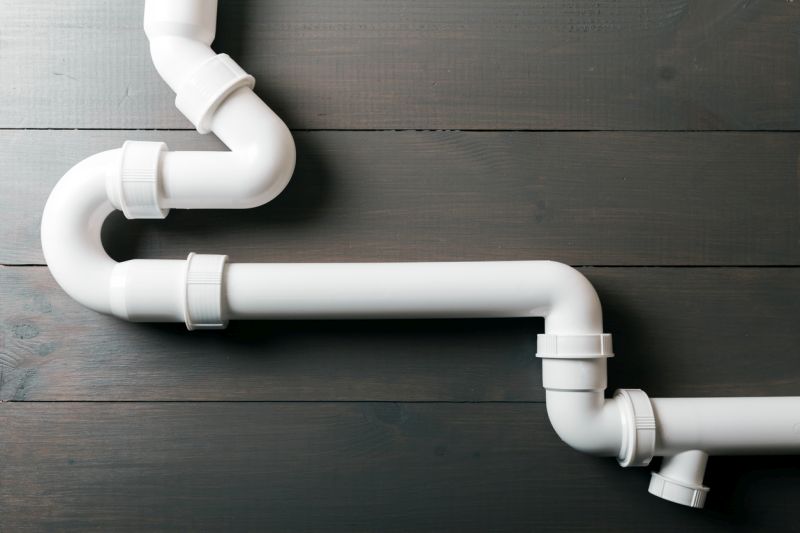We all use plumbing every day. It’s vital to keep our lives moving forward. We shower, brush our teeth in the sink, fill up the washing machine, and drink the water that gets piped into our homes every single day. But how often to stop and take a moment to think about how the plumbing in your home works? Probably not very frequently.
If you’re a homeowner, you should know how your home works, and that includes its plumbing. Plumbing is much more than fixing a leaky faucet or calling a local plumber for a quick drain cleaning service. It’s literally one of the most important parts of a house’s infrastructure. Without plumbing, you might as well be living in a cabin in the woods. In today’s informative article, we break down the differences between water supply pipes and sewer pipes.
What Is A Water Supply Line?
When you turn the knob on a hot summer’s day to take a refreshing shower, the water that comes out of the showerhead doesn’t magically teleport to your washroom. It gets there through the water supply pipes, also known as the waterline.
The water supply line is piping that brings potable (drinkable) water from the water main into your house. This potable water is safe for general use, which is why you don’t need to boil your tap water before drinking it. Imagine what a hassle it would be if you had to boil water every time you wanted a refreshing glass of water.
What Is A Sewer Line?
If the water supply line brings potable water into your house, what do you think is the purpose of the sewer line? That’s right; it’s the pipes that carry the wastewater from your home out into the below ground sewer system. Every drop of water used and the grime it carries needs a way to leave your house, and it does so through the sewer line. Keeping the sewer line flowing free is the reason why it’s so important to keep your toilet unclogged and do drain cleaning whenever possible.
What’s The Difference?
Other than the fact that the water supply line brings potable water into your home and the sewer line carries wastewater out, there aren’t too many differences between water supply lines and sewer lines. But just because there aren’t many differences, that doesn’t mean the differences that exist aren’t significant because they are. Below are the dew, but meaningful differences between water supply lines and sewer lines.
Potable Water VS Wastewater
As we detailed above, the two water lines carry different kinds of water. Water supply lines carry portable water that’s ready for general use. In contrast, sewer lines carry wastewater after use. These lines must be kept separate because, well, you wouldn’t want to run the risk of contaminating the water in your kitchen faucet with your old shower water, would you?
Pressure VS Gravity
Without some form of force, the water wouldn’t flow through your pipes. It would just sit in one spot like water in a bowl or a puddle. Both water supply lines and sewer lines have a force that acts on them to move the water, but each force is different. Water supply lines are pressurized, meaning the water is pushed forward through the piping via pressure on the back end. On the other hand, sewer lines are gravity fed, meaning the water exits your house with the power of gravity alone. That’s why you need drain cleaning when there’s a clog in the sewer pipes. Gravity isn’t strong enough to pull the water through the clog.
In VS Out
This one is simple enough. Water supply lines bring potable water in, and sewer lines carry wastewater out.
Potential Problems
Both types of water pipes are susceptible to issues like clogs, leaks, cracks, and other various problems. If you need professional help with your piping, consider visiting the website of a local contractor like this one https://calgaryplumberanddrains.com/. Most plumbing contractors will help you identify and fix any problem you may have with your water supply pipes and sewer pipes.


